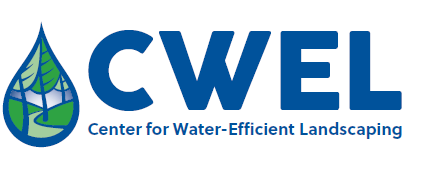Nitrogen, Phosphorus, and Potassium Responses and Requirements in Calcareous Sand Greens
Document Type
Article
Journal/Book Title/Conference
Agronomy Journal
Volume
95
Issue
3
Publisher
American Society of Agronomy
Publication Date
2003
First Page
697
Last Page
702
Abstract
Calcareous sands are widely used in the construction of putting greens in the western USA. Plants growing on these sands frequently exhibit nutrient deficiencies and rapidly changing nutrient levels due to the low nutrient-holding capacity of this medium. Our objectives were to determine the effects of N, P, K, and N × K and P × K interactions on the growth of creeping bentgrass (Agrostis stolonifera Huds.) in calcareous sand greens. Measurements included visual ratings of turfgrass quality, soil and tissue nutrient levels, and golf ball roll distance. Creeping bentgrass plots receiving 5.5 kg P ha−1 yr−1 had lower quality than the remainder of the treatments (27.5–110 kg P ha−1 yr−1). Interactions between P and K were not observed. Ball roll was negatively correlated with soil test P. According to linear plateau regression analysis, soil test P level was 3.0 mg kg−1 soil, and tissue test P was 0.4% for maximum quality. Nitrogen fertilizer treatments increased turfgrass quality with each successively higher treatment. No N × K interactions were observed. No significant effect of K on turfgrass quality was observed; however, K rates increased soil test K, and tissue K showed a weak correlation (R 2 = 0.13) with turfgrass quality. Potassium levels within the soil profile indicated leaching of K through the root zone. Alternative K fertilization methods (foliar, increased frequency, and slow-release forms) may be needed to improve K nutrition of bentgrass growing on calcareous sands.
Recommended Citation
Johnson, Paul G.; Koenig, R. T.; and Kopp, Kelly L., "Nitrogen, Phosphorus, and Potassium Responses and Requirements in Calcareous Sand Greens" (2003). CWEL Publications. Paper 30.
https://digitalcommons.usu.edu/cwel_pubs/30


